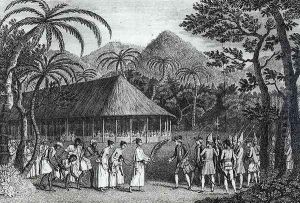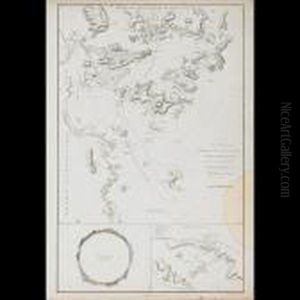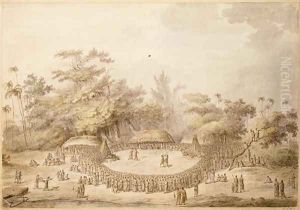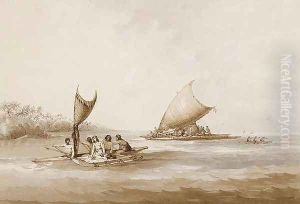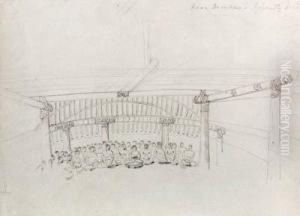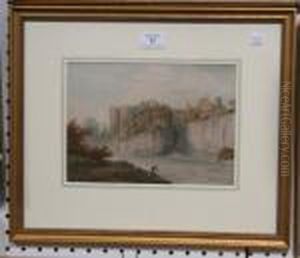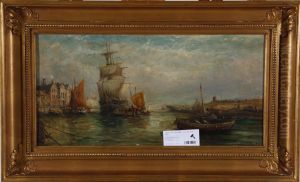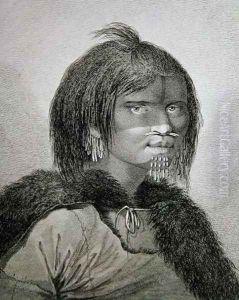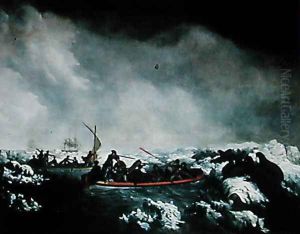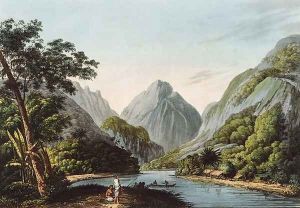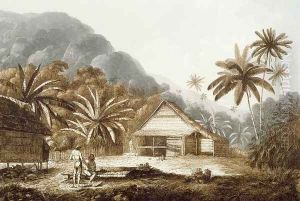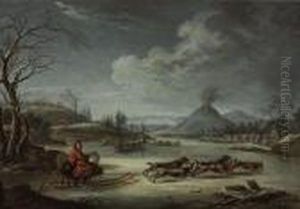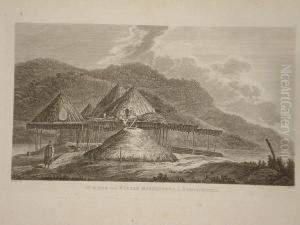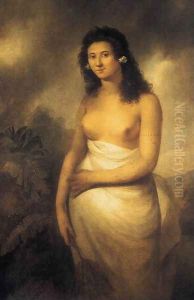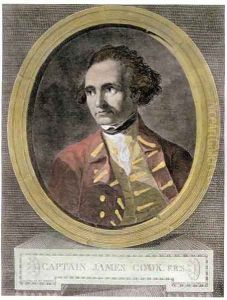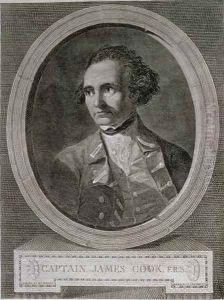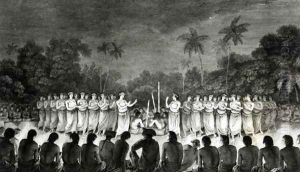





Native Inhabitants of the Friendly Islands Dancing in Hapee, from the 'Third Voyage Atlas of Captain James Cook (1728-79) 1777
-
About Reproduction
Discover the allure of art with our faithful reproduction of "Native Inhabitants of the Friendly Islands Dancing in Hapee, from the 'Third Voyage Atlas of Captain James Cook (1728-79) 1777", originally brought to life by the talented John Webber. Unlike posters or prints, our hand-painted oil painting breathes an unique sense of depth and texture into your space. Every detail, every stroke, and every texture is meticulously recreated, paying the perfect homage to John Webber and his artistic vision.
Owning this piece is more than just decoration - it's a statement of your refined taste in art. Let the vibrant colors and intricate details of this replica serve as a daily reminder of the beauty in our world. Elevate your decor and appreciate the richness of art with our replica of this masterpiece.
-
Painting Description
"Native Inhabitants of the Friendly Islands Dancing in Hapee" is an evocative artwork created by John Webber, the official artist who accompanied Captain James Cook on his third voyage of exploration (1776-1780). This piece is part of the 'Third Voyage Atlas of Captain James Cook (1728-79)', published in 1777. The artwork captures a vibrant scene of indigenous people from the Friendly Islands, now known as Tonga, engaged in a traditional dance in the village of Hapee.
John Webber, a Swiss-born artist, was appointed as the expedition's artist due to his exceptional skills in landscape and portrait painting. His role was crucial in documenting the diverse cultures and landscapes encountered during the voyage. Webber's works are celebrated for their detailed and respectful portrayal of the indigenous peoples and their customs, providing invaluable visual records of the 18th-century Pacific world.
In "Native Inhabitants of the Friendly Islands Dancing in Hapee," Webber meticulously illustrates the dancers' movements, attire, and the surrounding environment, offering a glimpse into the cultural practices of the Tongan people. The scene is lively, with dancers adorned in traditional garments, possibly made from tapa cloth, and decorated with natural ornaments. The background features typical Tongan architecture and lush tropical vegetation, adding context to the cultural setting.
This artwork not only serves as an artistic representation but also as an ethnographic document, contributing to the historical understanding of Tongan society during the late 18th century. Webber's ability to capture the essence of the moment with accuracy and sensitivity makes this piece a significant contribution to the visual history of Captain Cook's explorations. The 'Third Voyage Atlas' itself is a critical historical artifact, providing insights into the encounters between European explorers and the diverse cultures of the Pacific Islands.
-
Lead Time & Shipping
When you order this oil painting replica, it typically takes 2-3 weeks to paint. If the artwork is more complex, it might need a little more time to ensure the best quality. Once it's ready, we'll send you a photo for your approval. After you give the green light, we'll ship it to you for free.
-
Return & Refund
We believe in the quality of our hand-painted oil painting reproductions, and your satisfaction is our priority. If for any reason, you are not completely satisfied with your purchase, we offer a 45-day return policy. You can return your artwork within 45 days of receipt and receive a full refund. Please note that the artwork must be returned in the original packaging and in the same condition as it was received.





